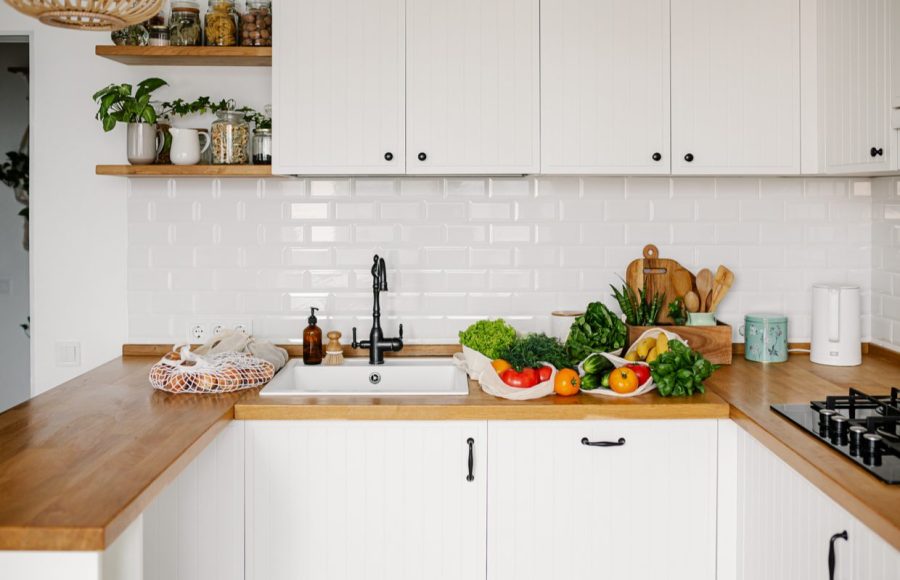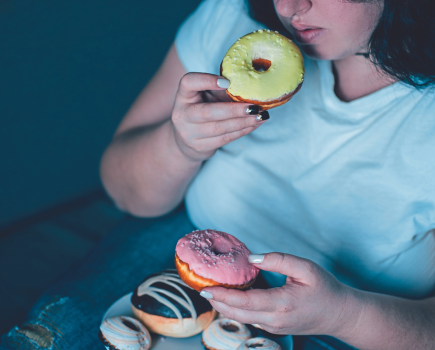Looking to make your kitchen a little greener? Discover how to build a more sustainable kitchen with these top tips from Olympic Gold-Medallist Sailor and Prevented Ocean Plastic ambassador, Hannah Mills…
As a sailor, Hannah Mills sees first-hand the impact of plastic pollution as she trains every day. It was during her preparation for the 2016 Rio Games when she really noticed the scale of the problem, explaining: ‘Every beach, every marina and every coastal area was damaged beyond belief.’
This inspired Hannah to create the Big Plastic Pledge: a movement of athletes and the wider sporting community on a mission to eradicate single use plastic in sport. Last year, she also joined Prevented Ocean Plastic as its first official ambassador.
Today Hannah tries to limit her impact on the planet by making simple, eco-friendly swaps wherever she can. Here, she shares her top tips for building a more sustainable kitchen…
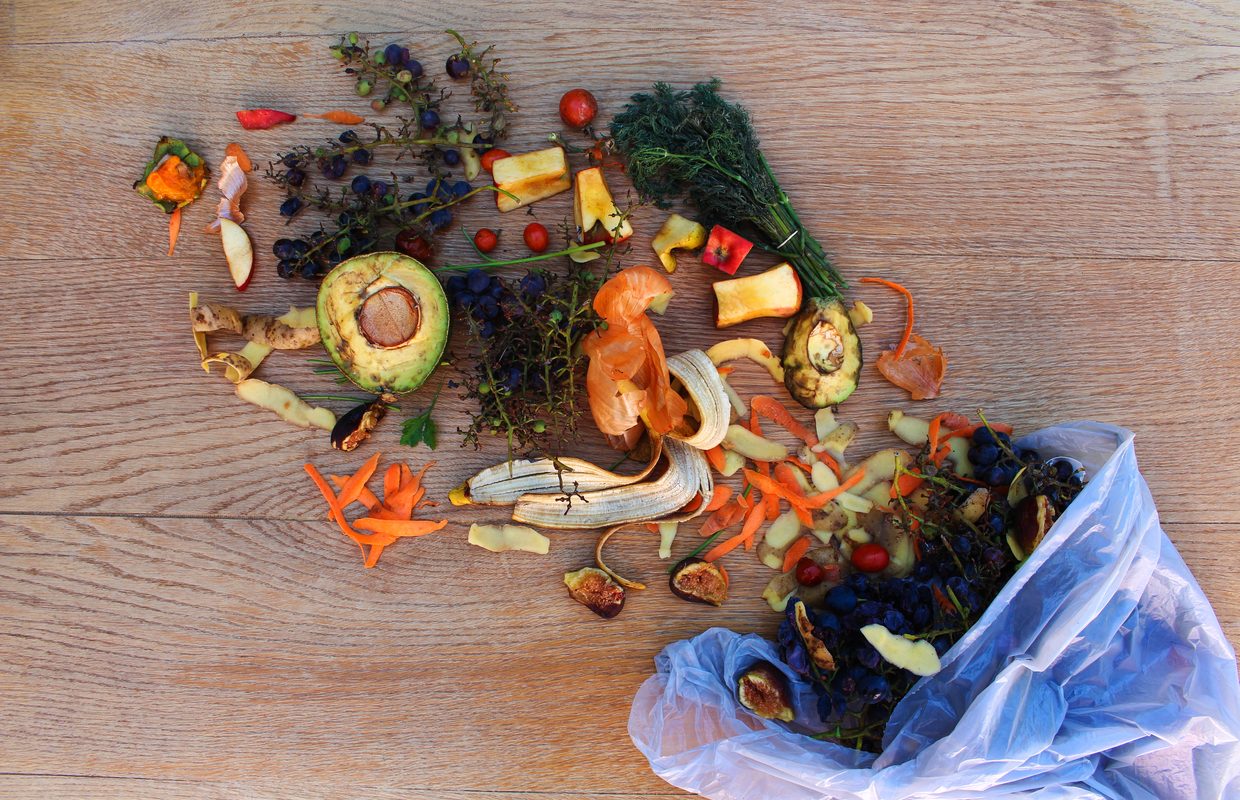
1. Fight food waste for a more sustainable kitchen
Fighting food waste is a simple way to build a more sustainable kitchen, and it can make a huge difference. Hannah explains: ‘Roughly one-third of the food produced in the world for human consumption every year – approximately 1.3 billion tonnes – gets lost or wasted, according to the UN Environment Programme.’
There are plenty of easy steps you can take to prevent food waste. Hannah suggests: ‘You can limit food waste at home by planning meals in advance. Where possible, choose loose fruit and vegetables (and bring your own reusable bags to pack them in!) to avoid having spare items that you don’t need and won’t use. I also make sure I refrigerate my fruit and veg to help it last as long as possible, and I find freezing fresh herbs works really well.’

2. Choose sustainable kitchen cleaning products
Forget the harsh chemicals, diluted sprays and endless plastic bottles – try cleaning your kitchen with a more eco-friendly option. As Hannah tells us: ‘There are lots of sustainable swaps you can make when it comes kitchen cleaning.
‘Concentrated cleaning solutions are a great place to start. Just add water to the concentrate, in a reusable bottle, and you’ve saved not only on single use plastic but on the emissions caused by transporting cleaning products with water already in them too.’
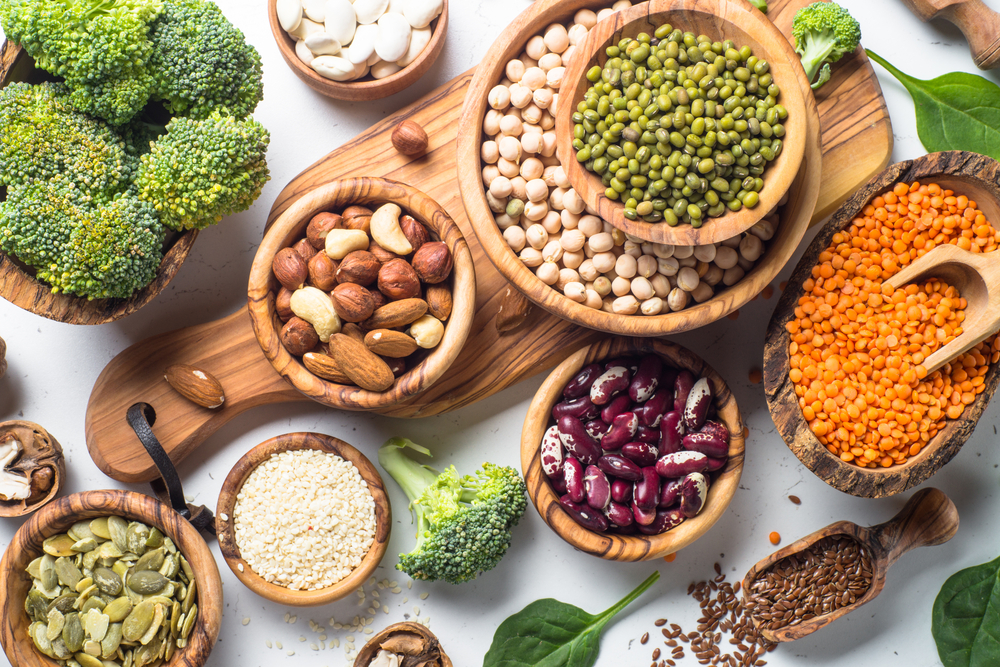
3. Cut down on meat and try plant-based dishes
Cutting down on animal products is a key way to do our bit for the planet – and it seems that plenty of people are on board. ‘Data from the National Diet and Nutrition Survey shows we’ve changed our diets on mass, cutting our meat consumption by 17%,’ Hannah explains.
If you’re struggling to cut down on meat or dairy, Hannah offers the following tips: ‘Try cooking with some low-carbon meat substitutes. Alternatively, you could use less meat and pad out your dishes with vegetables instead. Even small changes like this can make a big difference. Why not make meat-free Mondays a sustainable swap for 2022?’
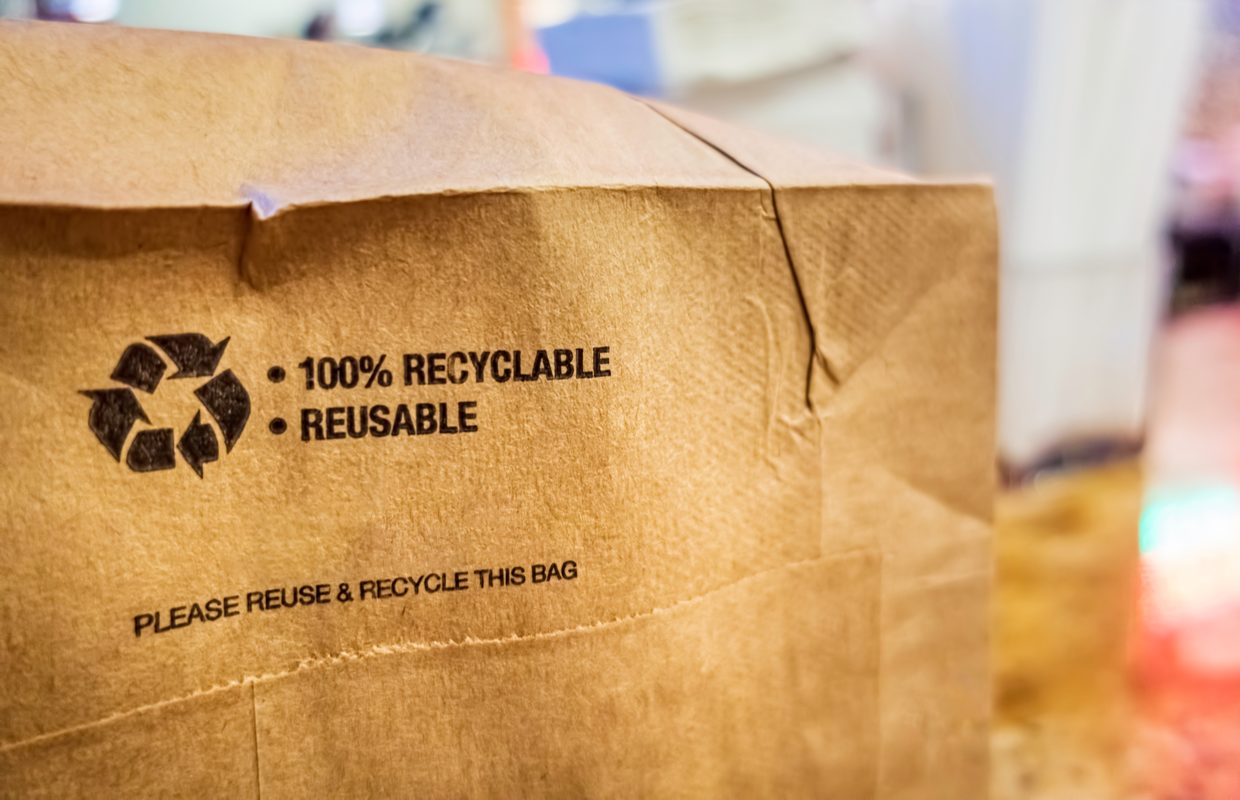
4. Understand recycling logos on packaging
It’s all too easy to simply think, ‘I’m not sure if this is recyclable, but I’ll pop it in the recycling bin, just in case’. However, this could be causing some major issues, as Hannah explains: ‘According to WRAP, 89% of UK households regularly recycle. However, 80% of us are recycling wrong and are adding items to our recycling bins that aren’t accepted locally.
‘This might not sound too bad, but many of us are unaware that putting non-recyclable items in our recycling bins can mean your entire recycling will be disposed of, rather than recycled.’ Yikes!
If you’ve been simply placing every item of packaging into the recycling bin and hoping for the best, Hannah suggests you take some time to research and understand some of the most frequently used on-pack logos.
Click here to get to know your recycling labels!
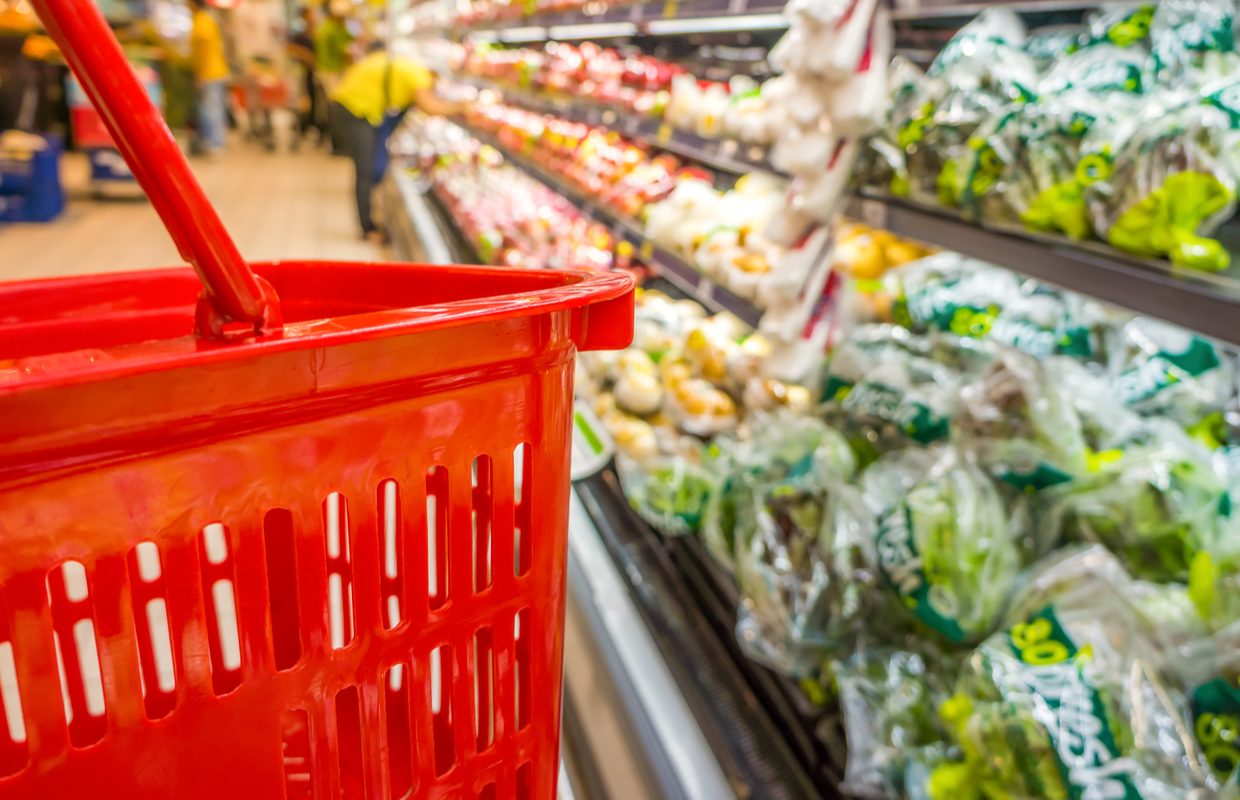
5. Look for recycled plastic packaging when grocery shopping
If you need to buy products that come in plastic packaging, looking for recycled plastic is a simple way to build a more sustainable kitchen. ‘Whilst we all try to cut down on single-use plastic, some food items will need to continue to come in plastic,’ Hannah explains.
‘But, we can still make a huge difference by choosing products in recycled plastic packaging. Recycled plastic has a lower impact on the environment than new plastic. Its carbon footprint is smaller, plus you know recycling has already happened.
‘Prevented Ocean Plastic, for example, is made from waste plastic collected from coastal areas at risk of ocean plastic pollution. Choosing recycled plastic means you are stopping plastic bottles from polluting the oceans. You’ll also be reducing CO2 emissions by cutting the use of virgin plastic.’
To find out more about Prevented Ocean Plastic visit preventedoceanplastic.com. Look out for the Prevented Ocean Plastic blue triangular logo on packets next time you’re in the supermarket.

